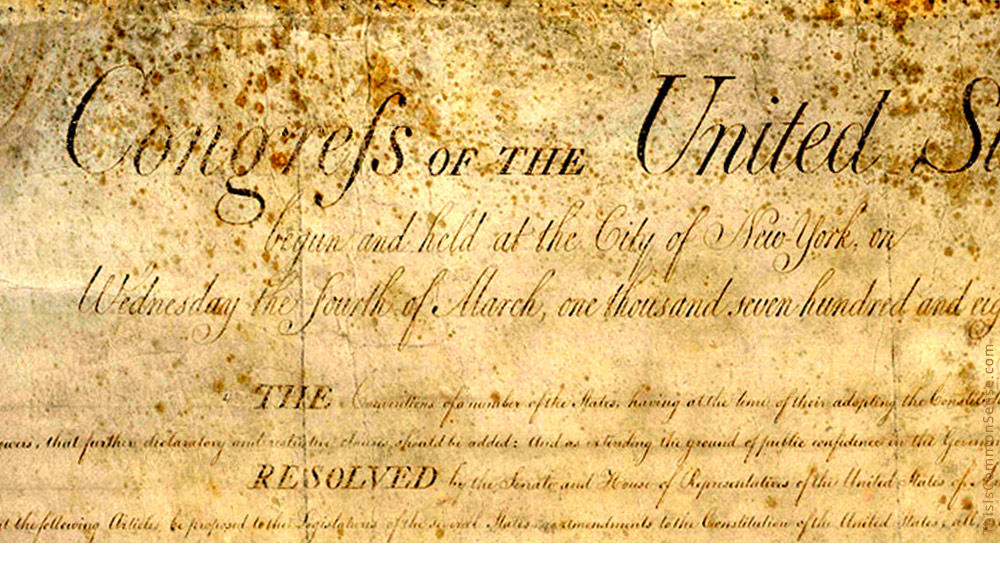“To undo the damage Republicans did by stealing multiple Supreme Court seats,” argues Demand Justice, “we should immediately add seats to the Supreme Court and appoint justices who will restore balance.”
“Stealing”? That’s hyperbolic, to say the least. The Senate used its constitutional prerogative by refusing to approve President Obama’s nomination of Merrick Garland in 2016 and four years later by swiftly voting to confirm Justice Amy Coney Barrett.
The group’s proposal? Add four new justices.
Facing a 3 to 6 justice deficit (Dem-nominated vs. GOP-nominated), many Democrats and groups like this one have settled on adding four.
For “balance.”
Which means, to them, going from the minority to the majority.
And you thought Democrats weren’t good at math!
Last week, President Biden announced a commission to look into this “court packing” notion, as well as other possible changes to the High Court, including term limits.
“My colleagues and I need not wait for the findings of a commission,” offered Rep. Mondaire Jones (D‑N.Y.). It is “obvious,” he added, “we must expand the Supreme Court, before it’s too late.”
That is, before the next election or a resignation or tragic death of a single D‑Senator might flip the Senate to Republican control.
“Adding seats is straight-forward and easy,” reminds Demand Justice, correctly explaining that the Constitution specifies no number, “so Congress can change it at any time.”
Yes, even with the slimmest of congressional majorities Democrats could completely re-make the High Court. Without a single Republican vote.
A partisan takeover of the Supreme Court is way too “easy” — until we place the number of justices firmly in the Constitution, away from poisonous partisan politicians.
It’s the most urgent reform of all.
This is Common Sense. I’m Paul Jacob.
—
See all recent commentary
(simplified and organized)









